King Tutankhamun’s face reconstructed after 3300 years
The researchers behind the facial reconstruction said the result was ‘amazingly close’ to a previous one
The face of one the most prominent pharaohs of ancient Egypt, King Tutankhamun, has been reconstructed after 3,300 years.
The scientists who conducted the study have likened him to “more of a young student than a politician”. Co-authored by Francesco Galassi, Elena Varotto, Thiago Beaini, Cicero Moraes and Michael Habicht, the findings are being published in the Italian Journal of Anatomy and Embryology.
During his lifetime, Tutankhamun was worshipped as a deity, ascending to the throne at the age of nine. He was around 19 when he died and is famous for the opulent wealth uncovered inside his tomb, KV62.
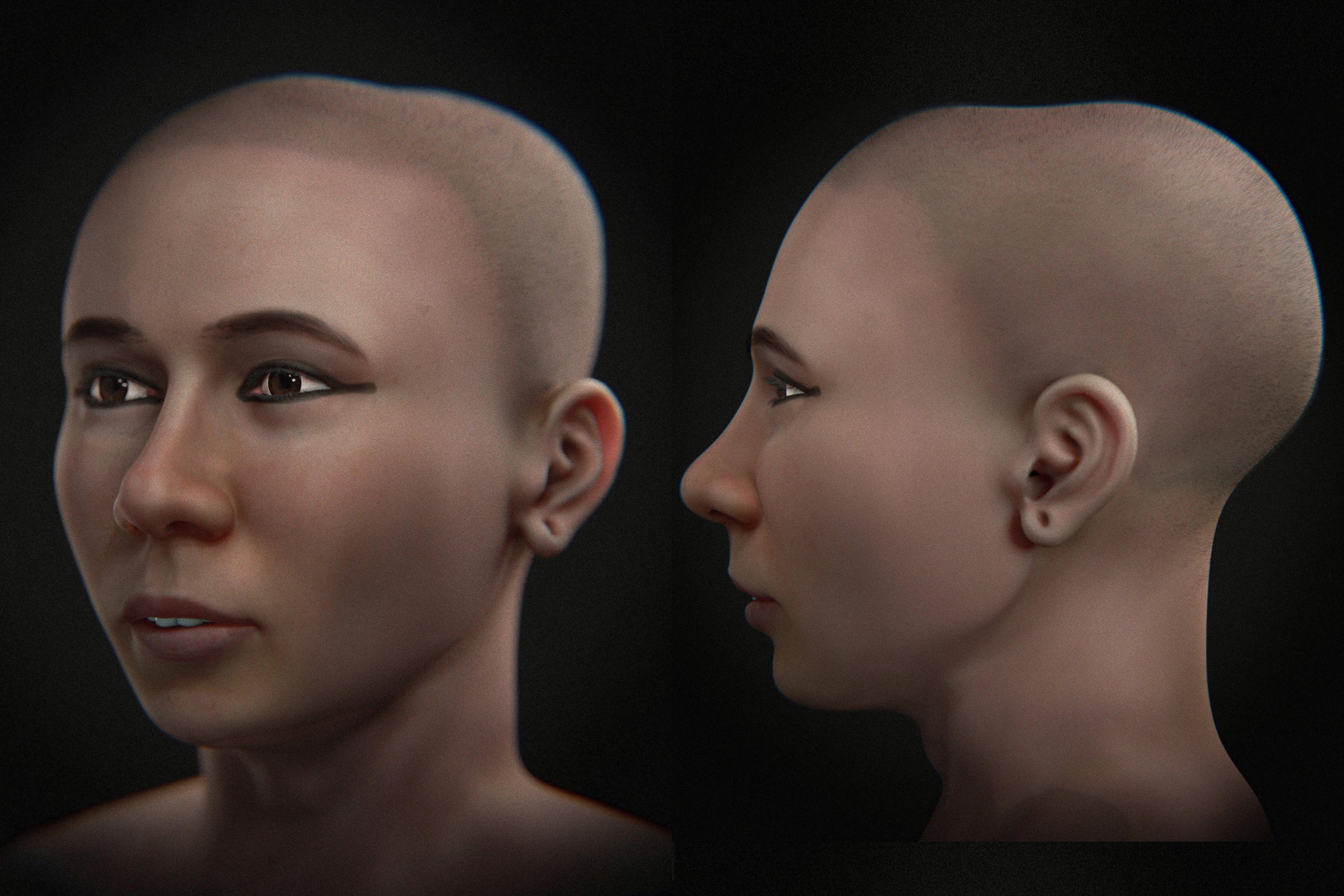
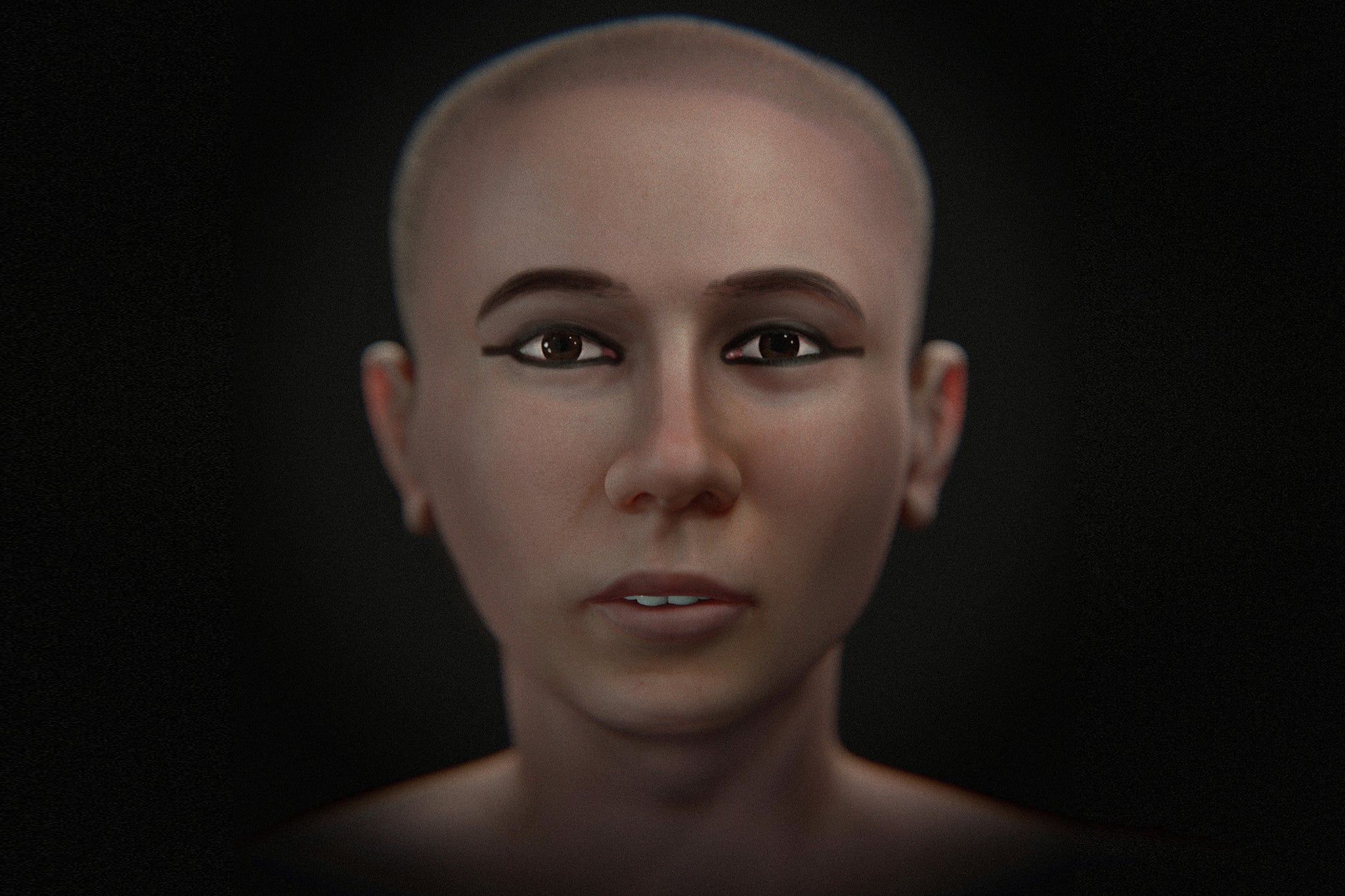
To date, his tomb is the only one to have been found completely intact, with its discovery considered one of the most prominent archaeological finds in history.
“Looking at him, we see more of a young student than a politician full of responsibilities, which makes the historical figure even more interesting”, Cicero Moraes told MailOnline.
“Faced with the studies we have developed with data from living people, comparing projections with actual measurements, we are confident that there is good compatibility with the real face,” Mr Moraes added, adding that he has finished the study as a “true fan of this impressive culture”.
Likewise, Michael Habicht, Egyptologist and archaeologist at Australia’s Flinders University, added that the new reconstruction was “amazingly close” to one made by a French team a few years prior.
“It also corresponds with the ancient depictions of Tutankhamun, especially with the head on the lotus flower from his tomb treasure”, Mr Habicht noted.
Numerous facial reconstructions have taken place over the years, with the first attempted in 1983 by forensic artist Betty Pat Gatliff, who created a mould using a plaster skull constructed from radiographs. The approximations of Tutankhamun’s face were later published in Life magazine.
In 2022, new evidence suggested that the archaeologist who discovered Tutankhamun’s tomb may have stolen treasure from the pharaoh’s tomb.
Whilst on a digging expedition in the Valley of the Kings in November 1922, Howard Carter found the tomb, writing in his diary that the chamber was inundated with a “wonderful medley of extraordinary and beautiful objects heaped upon one another”.
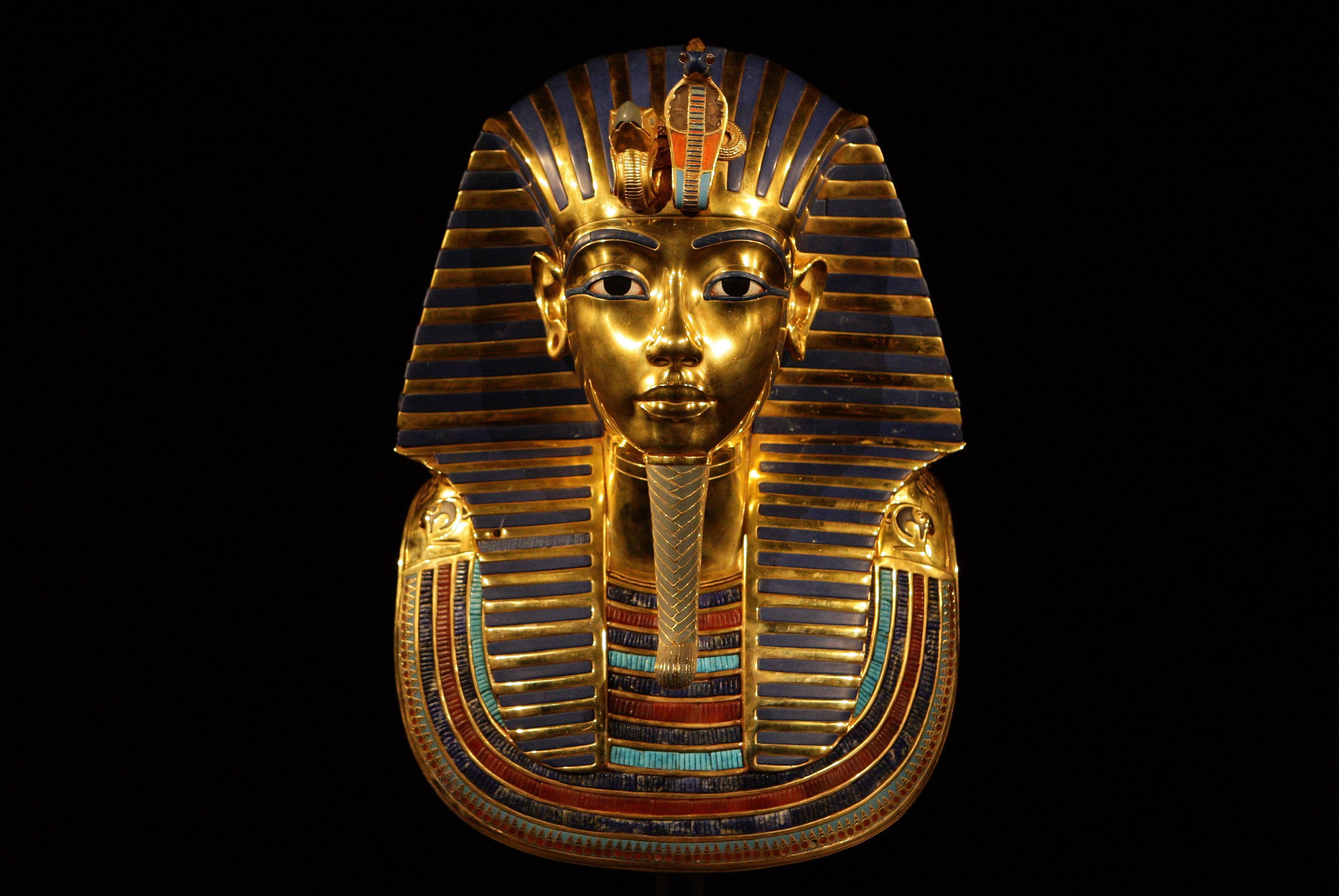
In August last year, a previously unpublished letter noted that Mr Carter had shown Sir Alan Gardiner, a scholar on the same excavation team, a “whm amulet” used for offerings to the dead. Mr Carter assured his colleague that it was not from the tomb, The Guardian reported.
However, Sir Gardiner was later informed by the British director of the Egyptian Museum in Cairo that the whm amulet matched those found in Tutankhamun’s tomb, and thus had likely been stolen.
The letters were later published via Oxford University Press in Tutankhamun and the Tomb that Changed the World.
Join our commenting forum
Join thought-provoking conversations, follow other Independent readers and see their replies
Comments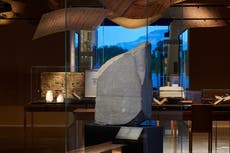
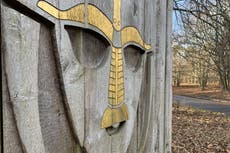
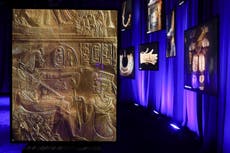

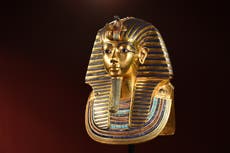
Bookmark popover
Removed from bookmarks